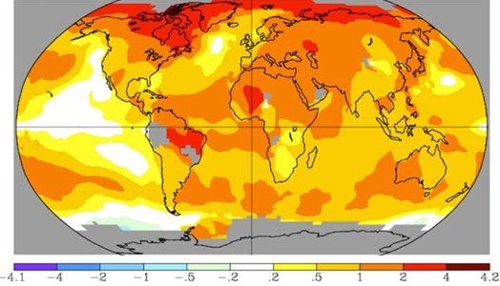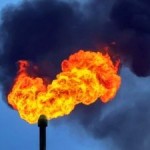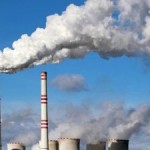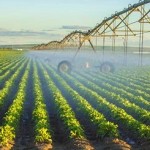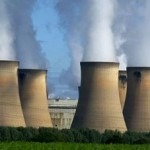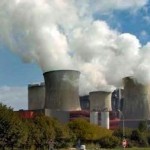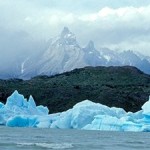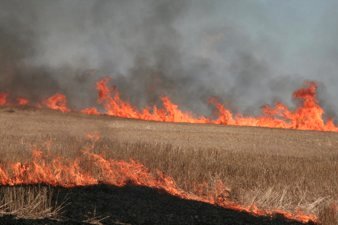 It has long been known that biomass burning – burning forests to create agricultural lands, burning savannah as a ritual, slash-and-burn agriculture and wildfires – figures into both climate change and public health.
It has long been known that biomass burning – burning forests to create agricultural lands, burning savannah as a ritual, slash-and-burn agriculture and wildfires – figures into both climate change and public health.
But until the release of a new study by Stanford University Civil and Environmental Engineering Professor Mark Z. Jacobson, the degree of that contribution had never been comprehensively quantified.
Jacobson’s research, detailed in a paper published July 30 in the Journal of Geophysical Research: Atmospheres, is based on a three-dimensional computer model simulation of the impacts of biomass burning. His findings indicate that burning biomass is playing a much bigger role in climate change and human health issues than previously thought.
“We calculate that 5 to 10 percent of worldwide air pollution mortalities are due to biomass burning,” Jacobson said. “That means that it causes the premature deaths of about 250,000 people each year.”
Carbon, of course, is associated with global warming. Most carbon emissions linked to human activity are in the form of carbon dioxide gas (CO2), but other forms of carbon include the methane gas (CH4) and the particles generated by such fires – the tiny bits of soot, called black carbon, and motes of associated substances known as brown carbon.
Jacobson explains that total anthropogenic, or human-created, carbon dioxide emissions, excluding biomass burning, now stand at more than 39 billion tons annually. That incorporates everything associated with non-biomass-burning human activity, from coal-fired power plants to automobile emissions, from concrete factories to cattle feedlots.
Jacobson, the Director of Stanford’s Atmosphere/Energy Program and a Senior Fellow at the Stanford Woods Institute for the Environment and the Precourt Institute for Energy, said almost 8.5 billion tons of atmospheric carbon dioxide – or about 18 percent of all anthropogenic carbon dioxide emissions – comes from biomass burning.
But Jacobson’s research also demonstrates that it isn’t just the CO2 from biomass burning that’s the problem. Black carbon and brown carbon maximize the thermal impacts of such fires. They essentially allow biomass burning to cause much more global warming per unit weight than other human-associated carbon sources.
Black and brown carbon particles increase atmospheric warming in three ways. First, they enter the minuscule water droplets that form clouds. At night, that’s not an issue. But during the day, sunlight scatters around within clouds, bathing them in luminescence.
When sunlight penetrates a water droplet containing black or brown carbon particles, Jacobson said, the carbon absorbs the light energy, creating heat and accelerating evaporation of the droplet. Carbon particles floating around in the spaces between the droplets also absorb scattered sunlight, converting it to heat.
“Heating the cloud reduces the relative humidity in the cloud,” Jacobson said.
This causes the cloud to dissipate. And because clouds reflect sunlight, cloud dissipation causes more sunlight to transfer to the ground and seas, ultimately resulting in warmer ground and air temperatures.
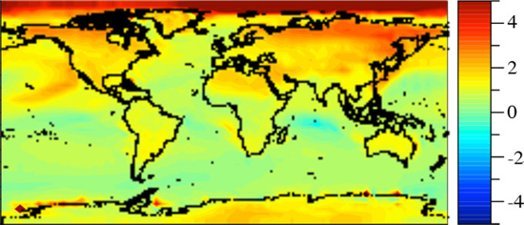 The map above shows the predicted global warming impact of all anthropogenic emissions, including biomass burning, on global near-surface air temperature since 1850. The map below shows the observed change in global near-surface air temperature since 1900. The average modeled increase in temperature since 1850 is 1.0 K. The average observed increase since 1900 is 0.92 K. Most increases in temperature occur over the Arctic, which is melting quickly. © Mark Jacobson, Stanford University
The map above shows the predicted global warming impact of all anthropogenic emissions, including biomass burning, on global near-surface air temperature since 1850. The map below shows the observed change in global near-surface air temperature since 1900. The average modeled increase in temperature since 1850 is 1.0 K. The average observed increase since 1900 is 0.92 K. Most increases in temperature occur over the Arctic, which is melting quickly. © Mark Jacobson, Stanford University